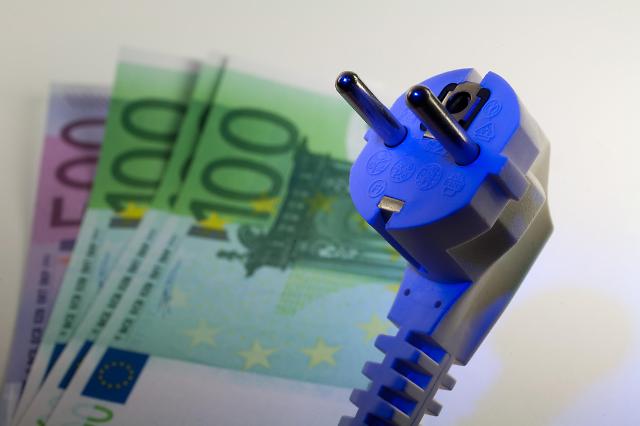
[사진=게티이미지뱅크]
The government and KEPCO delayed the increase in electricity rates for the second quarter of this year from April to June. The fuel cost adjustment unit for the second quarter was set at -3.0 won per kWh, as in the first quarter.
On the 22nd, KEPCO announced electricity rates for the second quarter on the website of the KEPCO cyber branch.
As fuel prices continued to rise recently, electricity rates for the second quarter are expected to rise in 7 years since November 2013. However, despite this delay in electricity rate hikes, some people are aware that they will increase in the mid- to long-term.
KEPCO said, “The fuel cost adjustment unit price adjustment factor occurred due to the rise of international oil prices. “I received a notice of a reservation from the government in order to promote the stability of the lives of the people who suffer,” he explained.
The government notified KEPCO that it is necessary to keep the adjusted unit price in the second quarter the same as in the first quarter (-3 won/kWh) by using the unadjusted amount incurred when determining the adjusted unit price in the second quarter.
Earlier, the government introduced a fuel cost indexing system and set a policy to defer rate adjustment in exceptional circumstances such as a sharp rise in oil prices within a short period of time.
In addition, considering the recent economic situation, it is interpreted as a measure to block the possibility that an increase in electricity rates will affect the rise in public prices. This is because there is a fear that the chain of inflation will put a burden on the common people’s economy.
According to the decision to reserve, for a 4-person household that uses an average of 350 kWh per month in the second quarter, the cut effect is expected to continue by up to 1050 won per month in the first quarter.
The fuel cost indexing system reflects the fuel cost related to electricity production, such as liquefied natural gas (LNG), coal, and oil, in the electricity rate every three months.
The change in fuel cost is the value obtained by subtracting the’standard fuel cost’ from the’performed fuel cost’. The actual fuel cost refers to the average fuel cost for the previous three months, and the standard fuel cost refers to the average fuel cost for the previous year.
©’Five-language global economic newspaper’ Ajou Economics. Prohibition of unauthorized reproduction and redistribution
